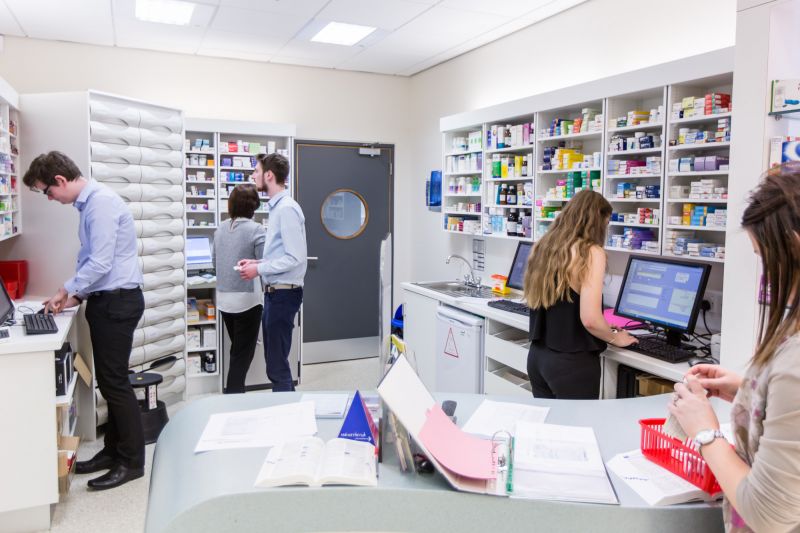Page content
Whatever the nature of your research, your work could eventually lead to tangible changes and benefits outside academia. For example:
- Innovative Processes
- Improved Public Services
- Enhanced Cultural Understanding
- Job Creation
- Better Health Outcomes
- Informed Public Debate
- Policy Changes
It is important to engage with new audiences, stakeholders and end users to extend the reach and significance of your research and its impact. There are many ways to disseminate your research findings e.g. media coverage, social media, policy briefs, public events, focus groups, stakeholder round tables, submitting written evidence to an inquiry – this list is endless.
It is crucial to get into the habit of tracking your impact activity as early as possible in your research journey and when interactions happen with any beneficiary, through any of the channels mentioned above.
PURE is Ulster University’s central research information system. Your research impact data can be uploaded quickly and easily to ensure it is held securely for future reference and to help you build an impact story.
It is important to track your research for many reasons including:
RCUK requirements
REF Impact Case Study
Using PURE to track your research impact activity can play a vital role in the University’s preparation for the UK Research Excellence Framework (REF) by ensuring impact evidence is stored securely for future use.
Your CV
The next time you are asked by your Head of Department for an update on your impact, you want to apply for promotion, or require information for performance development review - all this information can be found in a report within PURE.
Self-fulfilment
It is useful to build up a portfolio of evidence of impact success for future grant applications or bids. You can also see how far you have come in your research journey and how your research is making a real-world difference! Get into the habit of keeping PURE up to date so everything is ready when you need it.
Getting started
Start to think about the impact your research project may have - the actual changes that will happen. Then the indicators of change - the tangible sign of change and finally the evidence - the documentary proof.
PURE can help
All this information can be stored in PURE by creating an impact record for each impact.
As impact related activities are undertaken the details can be documented and linked back to the impact record. As impacts occur, the narrative can be edited to record the change.
Evidence of your impact can also be attached to the impact record as you go along. It is useful to ask for minutes, testimonials, accounts, reports and record media and social media activity while the project is alive, to save asking or looking for information retrospectively.
Further resources on evidencing and evaluating your impact
- Digital Science, Digital research report: the societal and economic impacts of academic research - international perspectives on good practice and managing evidence.
- National Co-ordinating Centre for Public Engagement, Evaluating public engagement.
- AHRC, Understanding your project - a guide to self evaluation.
- Social Value UK, beginner’s guide to evaluating social return on investment.
















